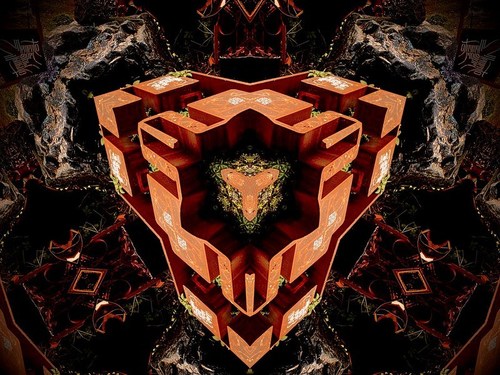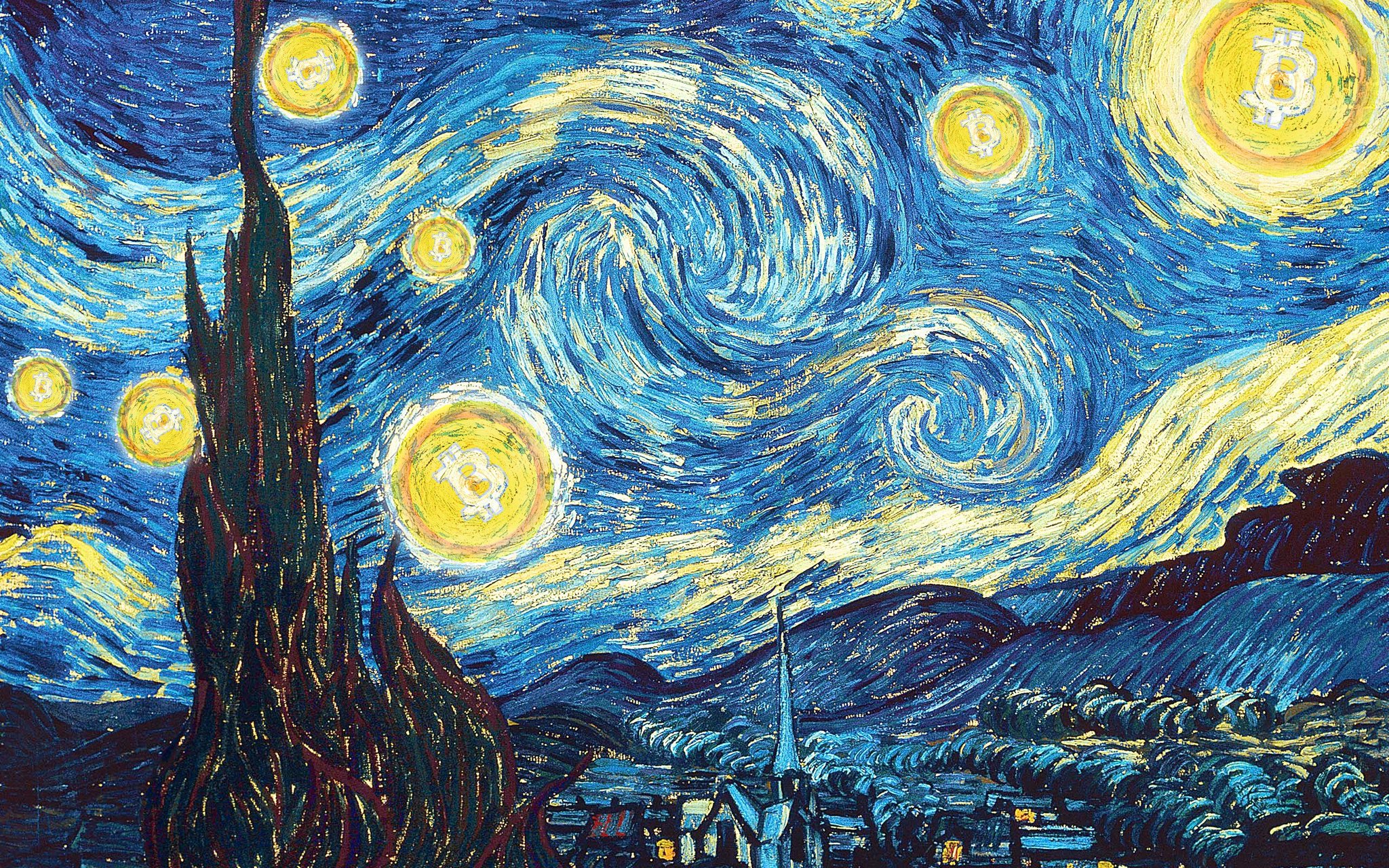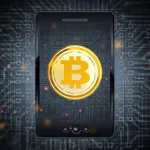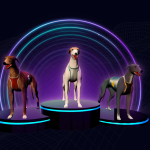How do you classify NFTs in an Art database? An urgent need for greater clarity is emerging in the world of NFT platforms, which are already offering a very large number of diverse and varied products. To enhance the navigation experience, OpenSea has already organized their offer into ten categories: New, Art, Collectibles, Domain names, Music, Photography, Sports, Trading cards, Utility and Virtual Worlds, but even this organization has lots of overlaps and gray areas, and we believe these marketplaces need greater clarity, stability and transparency in order to attract new collectors.

Thierry Ehrmann, CEO and Founder of Artmarket.com and its Artprice department: “The disruptive NFT technology escapes the ‘standard’ segmentation of the art market, traditionally organized into periods, mediums, movements, etc. Coving a multitude of extremely innovative initiatives, the NFT phenomenon is spreading into numerous intermingling areas. But, looking ahead, Artprice is working on a framework that will inform players in this market about what is exchanged and about what creates value; in short, a clear and objective way of presenting the information relating to NFTs (origin, edition, supply, demand, use, etc.), information that is necessary to reassure the market”.
The best… and the not so good
For its Natively Digital: A Curated NFT Sale, which closed on 10 June 2021, Sotheby’s brought together items as diverse as creations by the collective Art Blocks, a reinterpretation of Claude Monet’s Meules painting by the artist digital Matt Kane, and a conceptual work by Rhea Myers aptly titled Secret Artwork (Content), about which the artist said “there is nothing rarer than something that doesn’t actually exist”.
Today, it is clear that NFTs represent a market that is open to all forms of hybridization, that of art and gaming, design and sport, etc.. Even if certain distinctions seem to have become obsolete, Sotheby’s still chose to sell CryptoPunk #7523 separately (it fetched $11,754,000) which suggests that some NFTs still deserve specific treatment. Such a separation, based solely on demand, would obviously benefit from an accentuation of the homogeneity of the sessions.
This does not necessarily imply excluding CryptoPunks from digital art sales just because they are profile pictures (PFPs) rather than actual works. But it should be recognized that CryptoPunks, generated by random combinations, fall better into the category of Collectibles, however unattractive this rubric may sound.
Confusion, paradoxes and limits
The confusion between the Collectibles and Art categories is partly based on price… because a profile photo purchased for several million dollars is perhaps an artwork as well. Similarly, when Sina Estavi acquired Jake Dorsay’s first tweet for $2.9 million in March 2021, he compared this piece of code to the world’s most famous work of art, da Vinci’s Mona Lisa.
The NFT market is therefore still peppered with ambiguity and paradox. Clearly on the side of decentralisation and transparency, the NFT market still harbours numerous anomalies, which Financial Times journalists Hannah Murphy and Joshua Oliver have listed in a somewhat alarmist article entitled “How NFTs became a $40 bn market in 2021“:
The unregulated space is also plagued by fraud, scams and market manipulation, especially because the real-world identities of buyers and sellers is difficult, if not impossible, to discover. Analysis by Nansen found $2 million of suspicious activity across the CryptoPunk and Bored Ape collections in the 30 days to mid-December. Some NFTs, for example, were sold at a 95 per cent discount to the average sale price, either because of mistakes by buyers and sellers, tax write-offs or some other scam exploiting unskilled users. Researchers have also warned that the market is likely being inflated by wash trading — when a trader takes both sides of a trade in order to give the false impression of demand.
Towards greater transparency
So far, there are not enough clear and transparent results to placate such suspicions. In 2021, Artprice databases listed just under 300 NFT lots sold at public auction for a total of $228 million, representing just 1.5% of the global secondary art market. Among the 100 best auction results of the year 2021 for NFTS, Artprice counted 65 digital artworks, 32 ‘collectibles’, 2 ‘digital zones’ and 1 film sequence.
But this is only the emerging part of a market that is growing at an exponential rate. The sooner the NFT marketplaces allow users to navigate with confidence by providing objective and useful information, the sooner they will reassure collectors and art professionals, and open the world of NFTs to new players.
According to thierry Ehrmann, CEO and Founder of Artmarket.com and its Artprice department: “All in all, NFTs have successfully triggered a genuine art market revolution in just a few months by flooding it with new works and providing a new sales channel. Initially by attracting young collectors and tech and cryptocurrency enthusiasts, but subsequently by attracting traditional collectors. Because, today, everyone wants to try the NFT experience. Like any revolution, this one is jerky with a lot of volatility that will attenuate over time. It is indeed perfectly natural for a new virgin space to experience a form of ‘Gold Rush’, with ingenuity and excesses at the same time. But as a Leader in Art Market Information, Artmarket.com will provide pragmatic solutions for NFT Marketplaces in order to establish the trust that is the driving force behind any exchange on the Internet, especially during this new phase of ‘art market dematerialization’. Indeed, this has always been Artmarket.com’s principal added-value: making the art market an efficient market over the years thanks to its compilation and exploitation of the most comprehensive art-focused databases in the world, providing sellers and buyers with the essential data they need for engaging in transactions with complete confidence”.
Sotheby’s has clearly understood that the Art Market is entering a new phase of very strong growth with NFTs and the metaverse. That’s why Goldman Sachs and Morgan Stanley are preparing Sotheby’s return to the Stock Exchange via an IPO. Sotheby’s has already taken the plunge by opening the Sotheby’s Metaverse https://metaverse.sothebys.com/.
Furthermore – and this is indeed irrefutable confirmation of the paradigm shift that is occuring – Sotheby’s has just announced it will accept bids in Bitcoin (BTC), Ethereum (ETH), and USD Coin (USADC) cryptocurrencies with Coinbase Commerce for the 555-carat black diamond!









